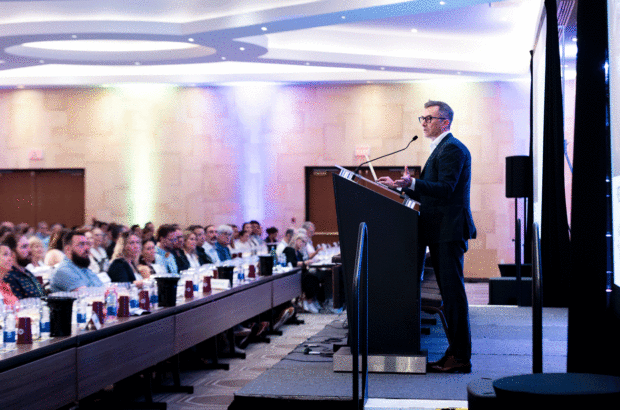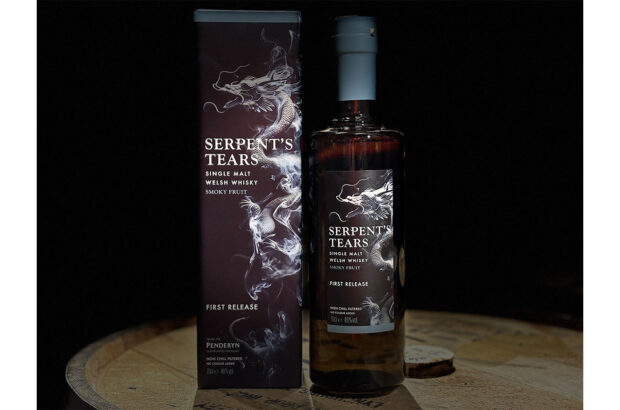See weather conditions and a vintage report for Tuscany 2008 wines, compiled by Decanter.
Vintage guide: Tuscany 2008
Drink soon
Very good vintage for later ripening varietals, Sangiovese in particular. Wines are ripe and expressive if lighter structured than last year.
Weather Conditions
A typical winter in Tuscany preceded copious spring rains, bringing mildew. Budburst was disrupted, while cool temperatures delayed flowering and fruit-set, and caused ‘millerandage’ (marred berry-development) among Sangiovese in particular. The dry coastal regions of Bolgheri and Maremma were less affected.
Late June, hot and dry, mostly boosted progress, though in Bolgheri growers feared for the younger Merlot vines in drought-like conditions. In mid-August, 60mph winds, hail and near-freezing temperatures ruined up to 20% of the Montalcino crop – more hail peppered Chianti a few weeks later. Mostly, early September rains refreshed vines ahead of the perfect Indian summer.
Coastal regions harvested earliest: Chardonnay and Pinot in Maremma late August and Merlot in Bolgheri from early September. Inland, the first Sangiovese grapes were picked for Morellino di Scansano mid-September, with Chianti, Montalcino and other regions following days later. Harvest ended late October.
Best Appellations
Vineyards muddied by spring rain hindered vital spraying and sorting, depressing yield, though harvested grapes were very healthy. Balmy September and October brought most benefit to later-ripening varietals, especially away from hotter coastal regions – grapes could hang longer for optimum sugar.
Sangiovese and Cabernet Sauvignon did well in Tuscany , though with structure lighter, more elegant than other recent vintages. Ripeness rather elbowed acidity, and the wines will likely show better when youthful brightness remains. Sangiovese stars Chianti Classico and Brunello di Montalcino enjoy equal footing, with fine, silky tannins, abundant fruitiness, stimulating aromas. Maremma’s Morellino di Scansano wines have a slightly more racy, fresher dimension, while Vino Nobile de Montepulciano growers hint at firmly built wines with intense aromas.
Bolgheri’s Merlot has pure fruit flavours and aromatics: its Cabernet for Sassicaia is softer than normal. Best white Vernaccia di San Gimignano is typically fresh, ripe, direct with minerally acidity (but danger of overripeness).
Best Producers
Early days yet, but good ratings so far for: CHIANTI CLASSICO: Tenuta di Bibbiano, Azienda Agricola Sugame, Castello di Querceto, Fattoria di Basciano, Fattoria Le Bocce, Selvapiana; Carpenita Fontalpino, Poggerino, San Fabiano Calcinaia, Vignavecchia, Viticcio; TOSCANA: Sette Ponti, Petrolo, La Massa, Tua Rita, Riccardo Baracchi, Colle Bereto, Antico Podere Gagliole, Martina, Piazzano, Castel Ruggero, Strozzi, Piccini; BRUNELLO DI MONTALCINO: Mastrojanni; Morello de Scansano: MORELLINO DI SCANSANO: Baroncini ; VERNACCIA DI SAN GIMIGNANO: Giovanni Panizzi







